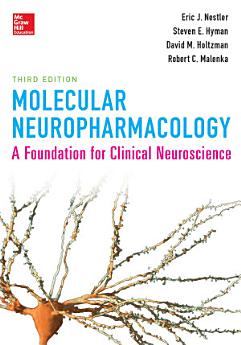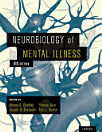Molecular Neuropharmacology: A Foundation for Clinical Neuroscience, Third Edition: Edition 3
About this ebook
Molecular Neuropharmacology first reviews the fundamental biochemistry of the functioning nervous system and then describes how nerve cells communicate with one another through numerous types of neurotransmitters involving amino acids, monoamines, neuropeptides, and neurotrophic factors, among several others.
The neuropharmacology and neural circuits that underlie complex behaviors as well as major neural disorders are also discussed as are the drugs used to treat those conditions. In the final section, the authors use the concepts presented in the first two sections to explainhow irregularities in the biochemistry of neuronal interactions can lead to a wide array of clinical manifestations.
FEATURES
- NEW chapter on neuroinflammation
- All chemical structure illustrations have been redrawn and improved
- Fully updated to reflect the latest breakthroughs and new drugs
- The most well-written and easily understood work on the subject
- More than 300 full-color illustrations!
About the author
Eric J. Nestler, MD, PhD (New York, NY) Nash Family Professor of Neuroscience; Chairman, Department of Neuroscience andDirector of the Mount Sinai Brain Institute,Mount Sinai School of Medicine.
Steven E. Hyman, MD (Cambridge, MA) Director, Stanley Center for Psychiatric Research,Broad Institute; Distinguished Service Professor of Stem Cell and Regenerative BiologyHarvard University.
Robert C. Malenka, MD, PhD (Palo Alto, CA)Nancy Friend Pritzker Professor of Psychiatryand Behavioral Sciences;Director, Nancy Friend Pritzker Laboratory,Stanford University School of Medicine.
David M. Holtzman, MD (St. Louis, MO)Andrew B. and Gretchen P. Jones Professor of Neurology Charlotte and Paul Hagemann Professor of NeurologyChairman, Department of NeurologyProfessor, Molecular Biology and PharmacologyWashington University School of Medicine in St. LouisNeurologist-in-Chief, Barnes-Jewish Hospital







